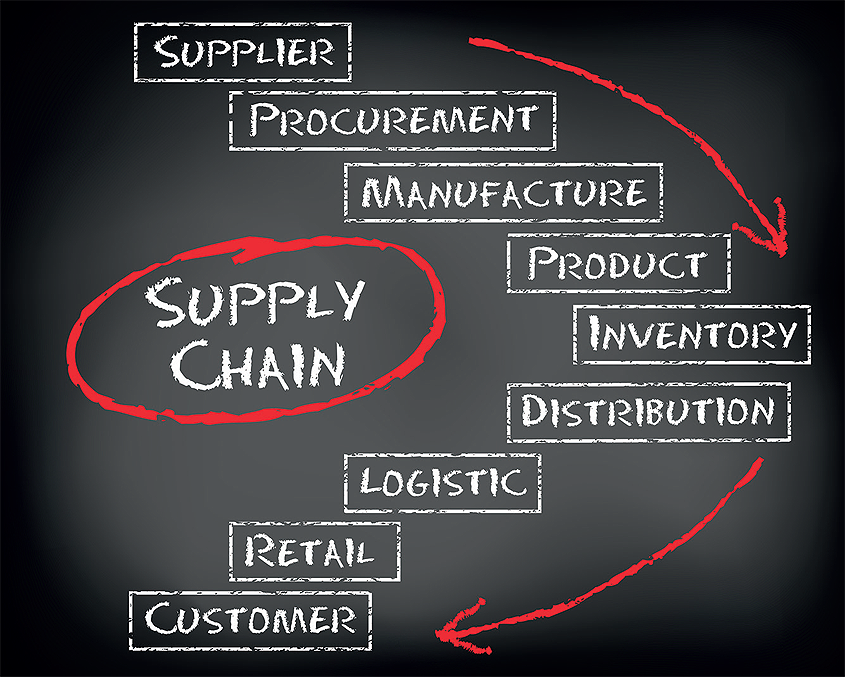
Challenges for suppliers
According to Tradeshift’s latest Index of Global Trade Health, order volumes jumped 16.9 percent in Q1 and one in five suppliers are concerned about their ability to keep pace with demand. The strain on supply chains is particularly acute among manufacturers. Order volumes across the sector were up by 80 percent year on year in March, but invoice volumes grew by just 20 percent over the same period.
The emerging delta between orders and invoices suggests that working capital is failing to flow through to suppliers to support the sudden ramp-up in customer demand. In a survey of suppliers, Tradeshift found that nearly a third of respondents had seen their cash flow position deteriorate over the past six months. Nearly half said that they’ve seen an increase in the number of late customer payments since the beginning of the year.
Christian Lanng, CEO, Tradeshift commented: “A year ago, an unprecedented event caused havoc among global supply chains. Today, an unprecedented recovery is creating further disruption. Lack of transparency makes it very hard for supply chains to react to rapidly changing conditions. Digitalization is seen as a way of building more resilient, collaborative supply chains. For such a transition to be successful we need to take the conversation beyond transparency for buyers and look at whether the systems we are deploying are also delivering equivalent value to suppliers.”